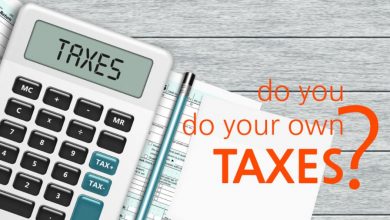CFD trading vs share trading

CFD trading is a type of share trading that uses financial contracts to track the movement of the underlying shares. It can be an excellent option for those who would like to buy and sell shares but don’t have the required capital.
What is CFD trading?
Some brokers offer to buy and sell on stocks, commodities or currencies via ‘contracts-for-difference’, also known as CFD’s. In most cases, they will provide you with a small amount of leverage over them – say 5:1 instead of the usual 50:1 – allowing you to control larger positions than using your own money only (margin).
This is very useful for beginners as it allows them to safely practice with virtual cash first; before committing their funds to the market. It also allows investors access to otherwise pricey assets, given that you can now buy CFDs on indices, commodities and currencies too.
What is share trading?
On the other hand, share trading is a long-term investment where traders gradually build up customer equity by purchasing shares at one price and selling them at another for a profit. Traders can use any style of technical analysis they like to find entry and exit points, although share prices are pretty easy to track with an average time frame of weekly or monthly charts because there are no contracts involved.
For every put, there’s a call, so you will never be left without ample options if you’re looking for something particular. As for costs? With leverage around 50:1, it may be cheaper than trading CFDs, of course, but bear in mind that brokers charge commissions on each transaction too.
CFDs vs Share Trading
Both CFD trading and share trading can be used to make money. The question is, which one is better? To answer the question, let’s compare them side by side.
Costs
The first thing we will look at is how much they cost. With both types of trading, you need to pay commission charges on top of the fees you’re charged for actually buying/selling the shares. The commissions are around $20-30 per trade (this varies depending on your broker).
With CFD’s, this can range anywhere from $10-$100 depending on your broker (again, this varies between brokers), so if you have a larger portfolio, it may be cheaper to go with share trading because you could save hundreds or even thousands every few months.
Time spent on trading
The next thing we will look at is the amount of time you need to spend on each type of trading. With CFD trading, this can take anywhere from 5 minutes to 2-3 hours, depending on how much research you do beforehand (and if you’re opting for level 2 quotes).
Share trading, however, takes very little time because all the research has already been done by someone else (broker analysts, journalists etc.). So share trading is quicker than CFD, but that doesn’t necessarily mean it’s better.
Actual results
Lastly, let’s compare the actual results. It appears that share trading will be far more profitable than CFD, but when you consider commissions, they are about equal profit margins. If you’re planning on trading often, then CFD is probably the better option because you can backtest strategies to find what works and doesn’t work before you make actual trades. This means that if it’s done correctly, the chance of losing money beforehand will be significantly reduced, which in turn reduces your risk profile.
Conclusion
Which is the best option for you? Well, that, of course, depends on your circumstances and risk appetite. For those who want to learn how to trade shares, CFD trading offers a good alternative until you become more experienced and confident enough to use real cash. However, share trading is ideal if you can commit yourself to it over the long term as there are fewer fees involved. New traders are advised to use a reputable online broker from saxo Bank who offers the lowest commission and excellent customer service.





